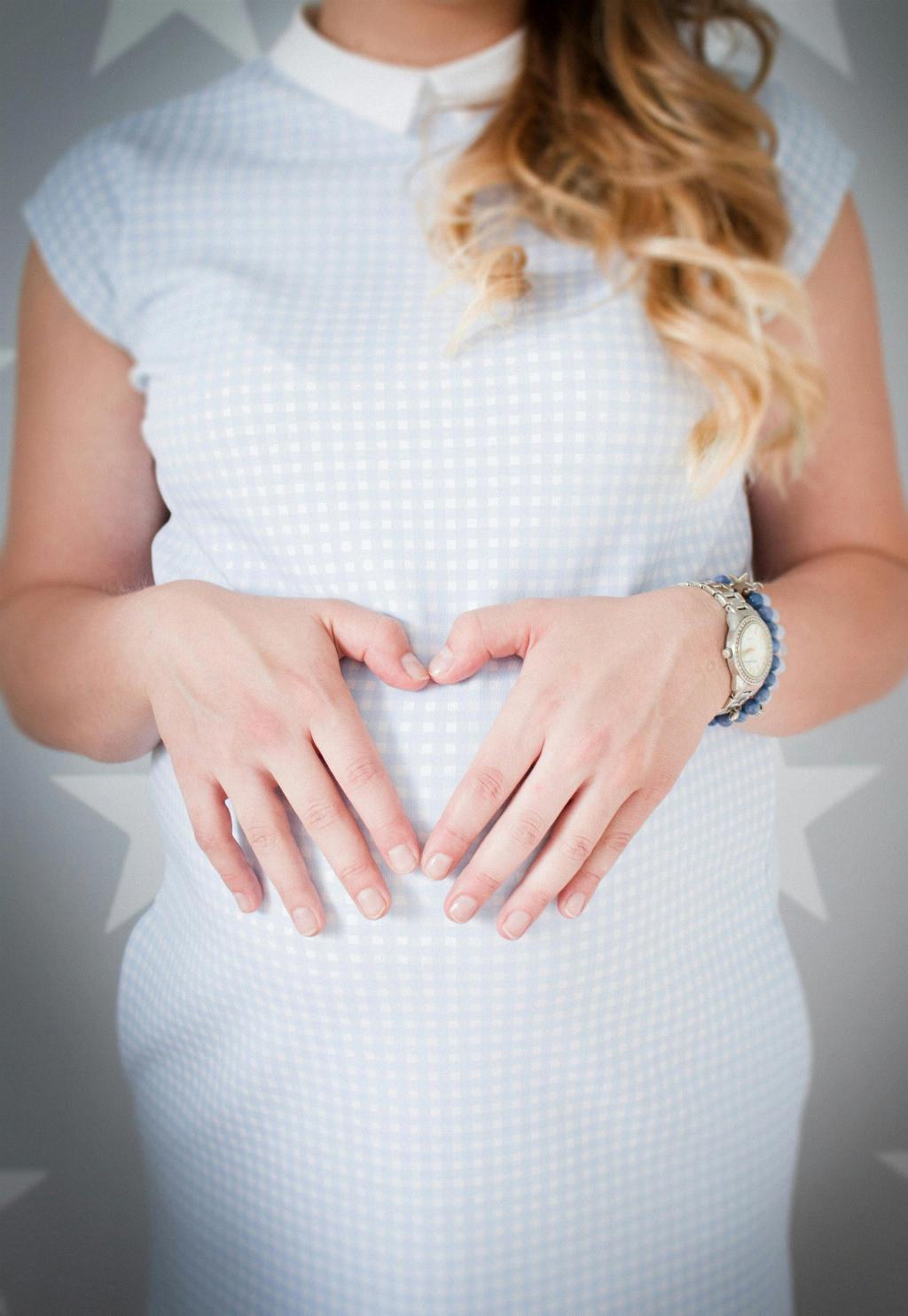During pregnancy, as the due date approaches, many changes occur in a woman’s body to prepare for childbirth. One prominent sign that indicates labor may be near is the baby dropping, also known as lightening. This natural process involves the baby moving lower into the pelvis, getting into position for birth.
Physical Sensations
Women may experience various physical sensations when the baby drops. Some common feelings include a noticeable shift in the baby’s position, a lower belly appearance, increased pelvic pressure, and a sensation as if the baby is moving downward.
Pelvic Pressure
One of the most prominent sensations of pregnancy lightening is increased pelvic pressure. Pregnant individuals often describe feeling more pressure in their lower abdomen and pelvis as the baby drops. This pressure may be particularly noticeable when standing or walking.
Pain and Discomfort
Alongside pelvic pressure, some women may experience mild pain or discomfort during pregnancy lightening. This can present as a dull ache or sharp twinges in the lower abdomen and pelvic region. It is important to differentiate between normal discomfort and signs of preterm labor.
Changes in Breathing
As the baby descends into the pelvis, pregnant individuals may notice changes in their breathing patterns. Some may find it easier to breathe as the baby relieves pressure on the diaphragm, while others may experience shortness of breath due to the baby pressing on the lungs.
Urinary Frequency
Another common symptom of pregnancy lightening is an increased need to urinate. As the baby drops lower, it puts additional pressure on the bladder, leading to more frequent trips to the bathroom. This can be a frustrating but normal part of the process.
Changes in Baby Movement
Women may also notice changes in their baby’s movements as the baby drops. Some mothers-to-be report feeling more pressure on their bladder or a shift in the baby’s position, leading to different patterns of movement. This is typically a reassuring sign of the baby getting ready for birth.
Preparation for Labor
Pregnancy lightening is often seen as a sign that the body is preparing for labor. The baby’s descent into the pelvis indicates that the baby is in the correct position for birth and that the cervix may be starting to soften and dilate in readiness for labor.
Emotional Changes
Alongside the physical changes, many women experience emotional shifts as the baby drops. There may be a mix of excitement, anticipation, and nervousness as the due date draws closer. It is entirely normal to feel a range of emotions during this time.
Back Pain
Some women may also experience increased back pain during pregnancy lightening. The change in the baby’s position can put additional strain on the back muscles, leading to discomfort in the lower back. Using supportive pillows and practicing good posture can help alleviate this pain.
Walking Sensations
As the baby moves lower into the pelvis, pregnant individuals may notice differing sensations when walking. Some may feel as though the baby’s head is pressing downward, creating a sense of heaviness in the lower abdomen. This can impact gait and posture.
Timing of Lightening
Pregnancy lightening can occur anywhere from a few weeks to a few hours before labor begins. Each person’s experience is unique, and the timing of lightening does not necessarily indicate when labor will start. It is essential to monitor any changes and contact a healthcare provider with concerns.
Conclusion
In conclusion, pregnancy lightening is a natural part of the birthing process. It involves the baby dropping lower into the pelvis, leading to various physical sensations such as pelvic pressure, changes in breathing, and urinary frequency. While each woman’s experience may differ, understanding these signs can help individuals prepare for the exciting arrival of their little one.

